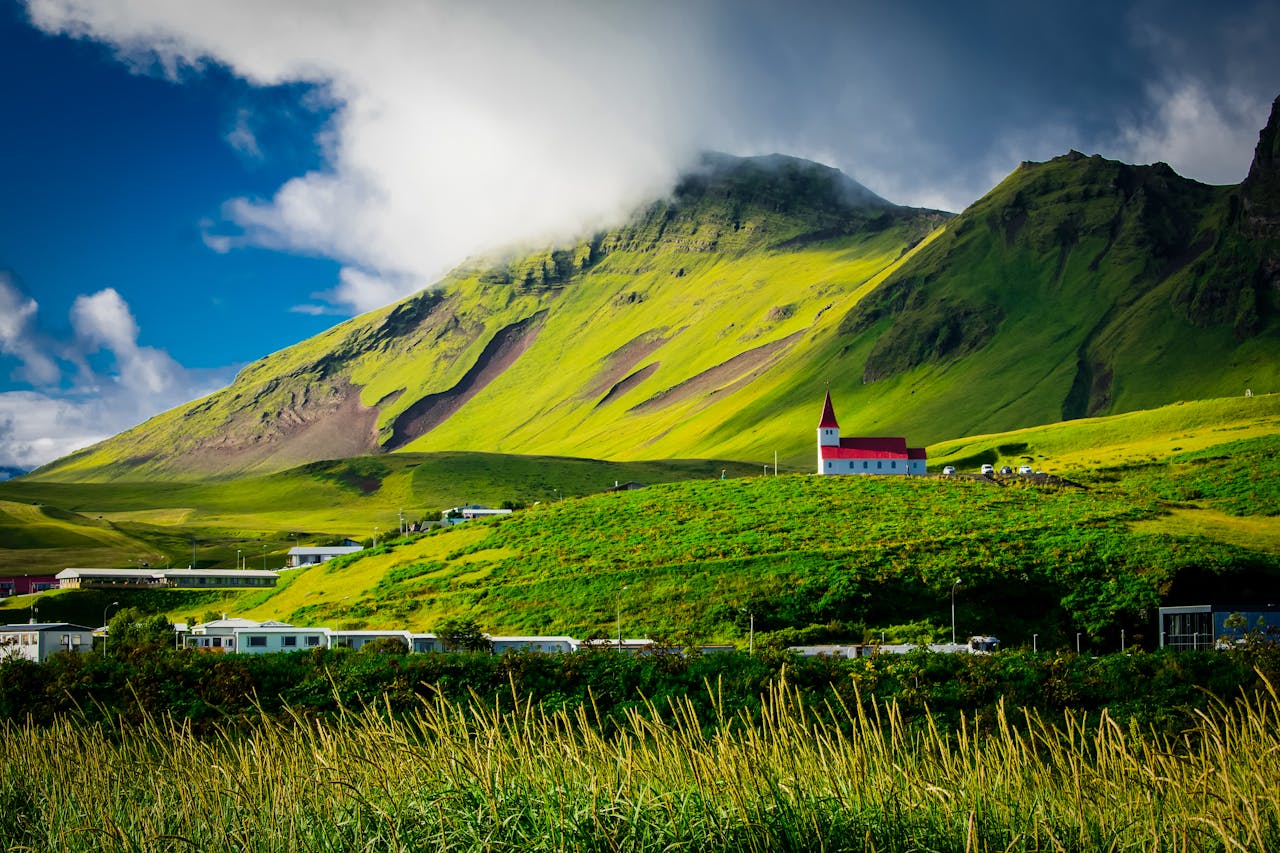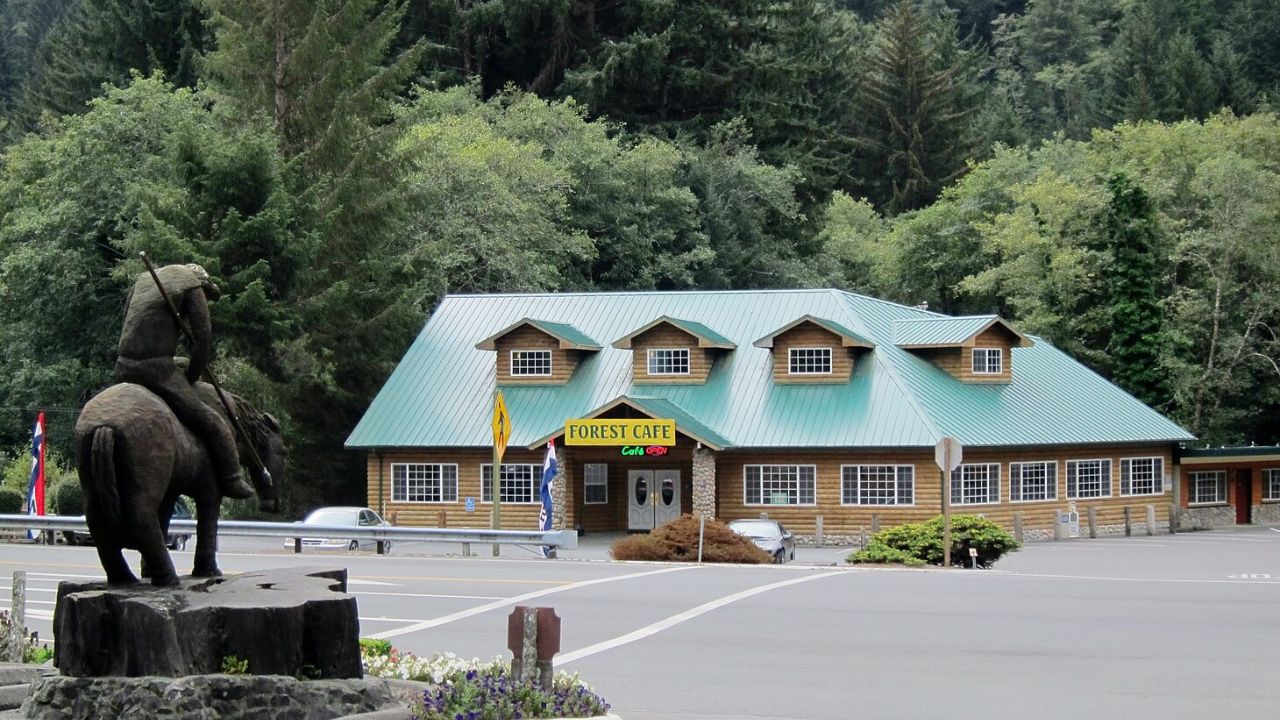Iceland still gives northern lights, black sand coasts, and steam rising into cold air. The boom that followed 2010 made it feel like the world’s backyard, easy to reach and easy to brag about. Now the pace has slowed. Air links feel thinner, prices bite, and the promise of quick wildness competes with new Arctic routes. This is not collapse. It is a reset shaped by budgets, schedules, and attention. The island remains remarkable while it tunes the welcome for the next upswing.
Sticker Shock On An Expensive Island

Iceland has always run dear, and the gap widened. Food, fuel, tours, and lodging stack faster than many itineraries can absorb, especially outside packages. People compare glacier hikes with trips where a cafe breakfast and a tank of gas do not feel like a splurge. Beauty still wins hearts, but cost now sways plans. When a budget buys fewer nights and shorter routes, even loyal fans pause. The destination has not lost its magic. It has lost some of its price tolerance.
Airline Turbulence And Fewer Seats
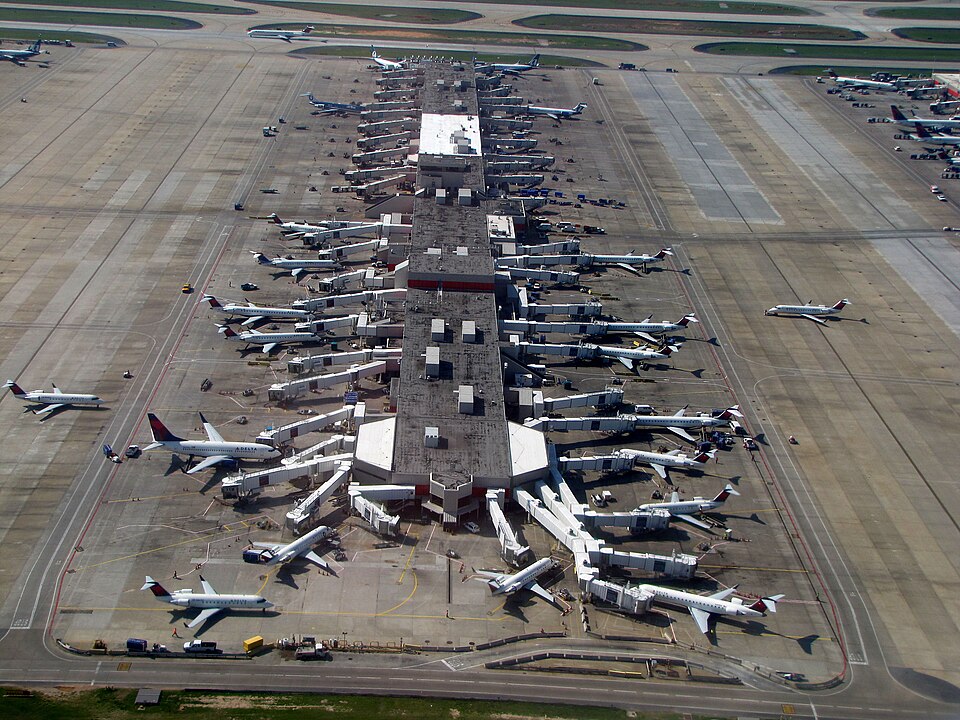
A low cost airline shut down at the end of September, the second Iceland based budget carrier to vanish in six years. Every closure trims capacity and erases the flash fares that kept the island top of mind for quick getaways. Fewer routes mean tighter timetables and tougher connections for rural trips. Prices rise because the network cannot spread demand the way it once did. Aviation math is simple. When cheap seats vanish, spontaneity does too, and arrivals lag.
The Boom That Outran The Moment
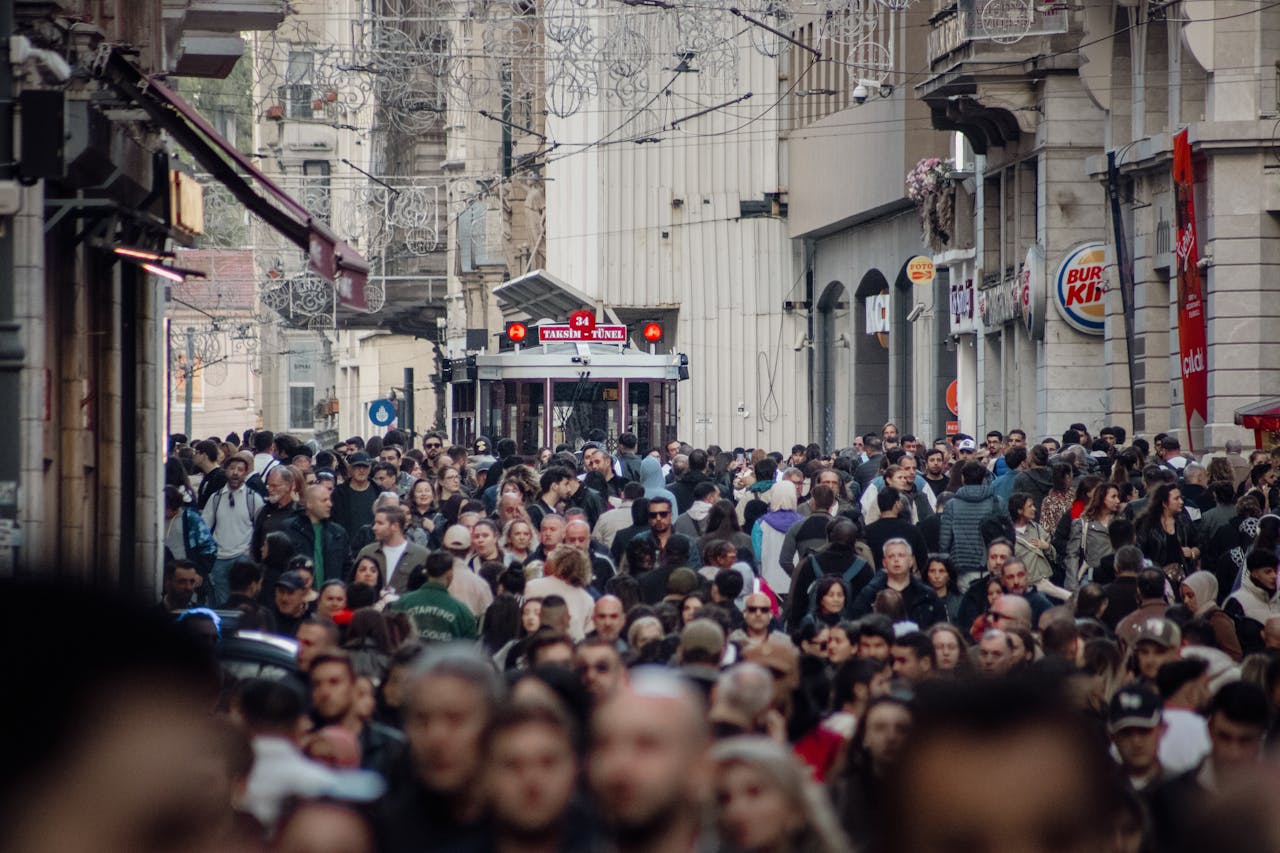
Visitor counts jumped from about five hundred thousand in 2010 to more than two million by 2018. A famous eruption helped, and a certain fantasy saga put coasts and canyons on millions of screens. That kind of heat never stays at the same level. After a decade of must see hype, curiosity moves to the next new frontier. The ring road is still a marvel. The golden circle still delivers. The change is not the scenery. It is the novelty cycle doing what it always does.
Recovery Lag And A Real Dip
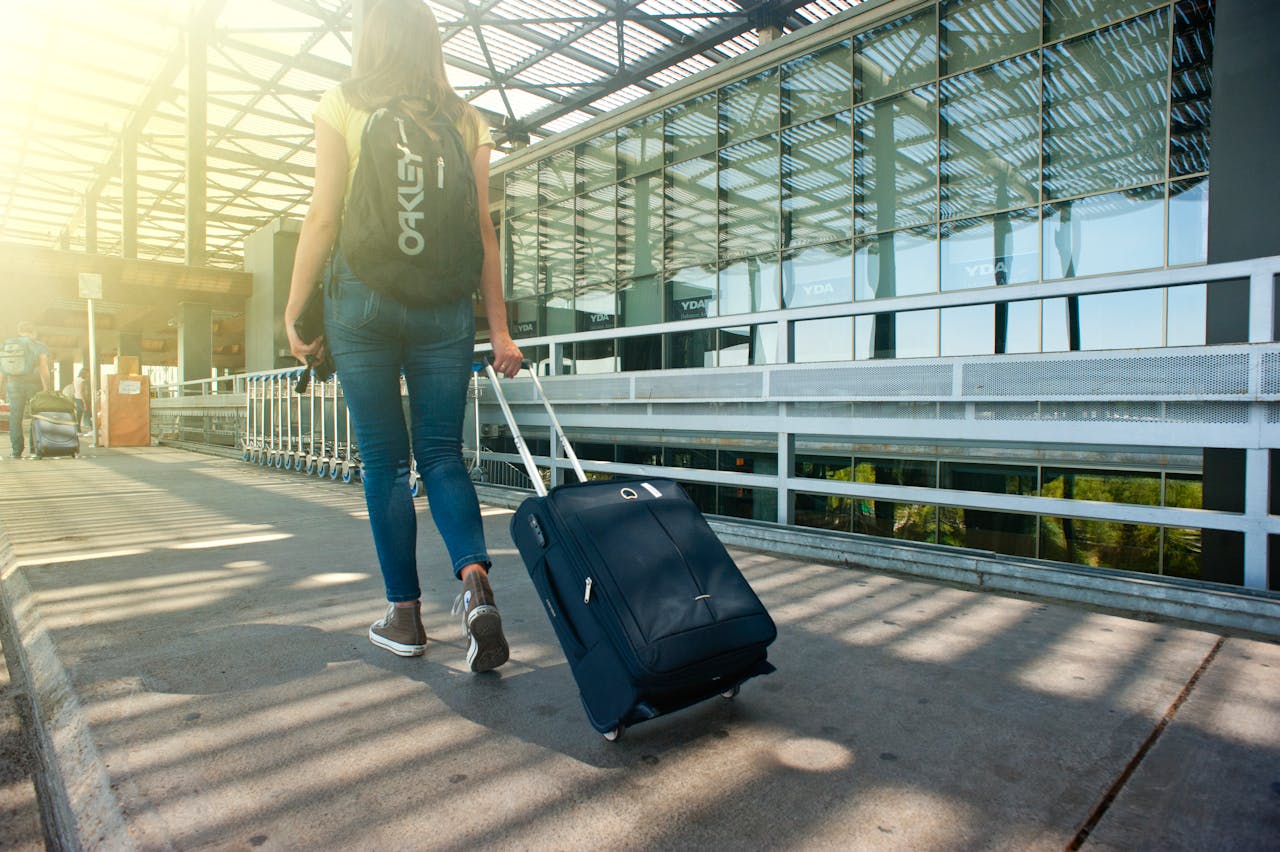
Tourism has not snapped back to the highest pre pandemic marks. Authorities note a six percent slide year over year, a reminder that soft demand does not spread evenly but still adds up. The national carrier signaled weaker than expected advance bookings from the United States in the second half of the year. That line matters because long haul visitors keep winter alive. When those seats sell slowly, operators trim offerings and the feedback loop cools plans further.
Crowding Narratives And Travel Fatigue
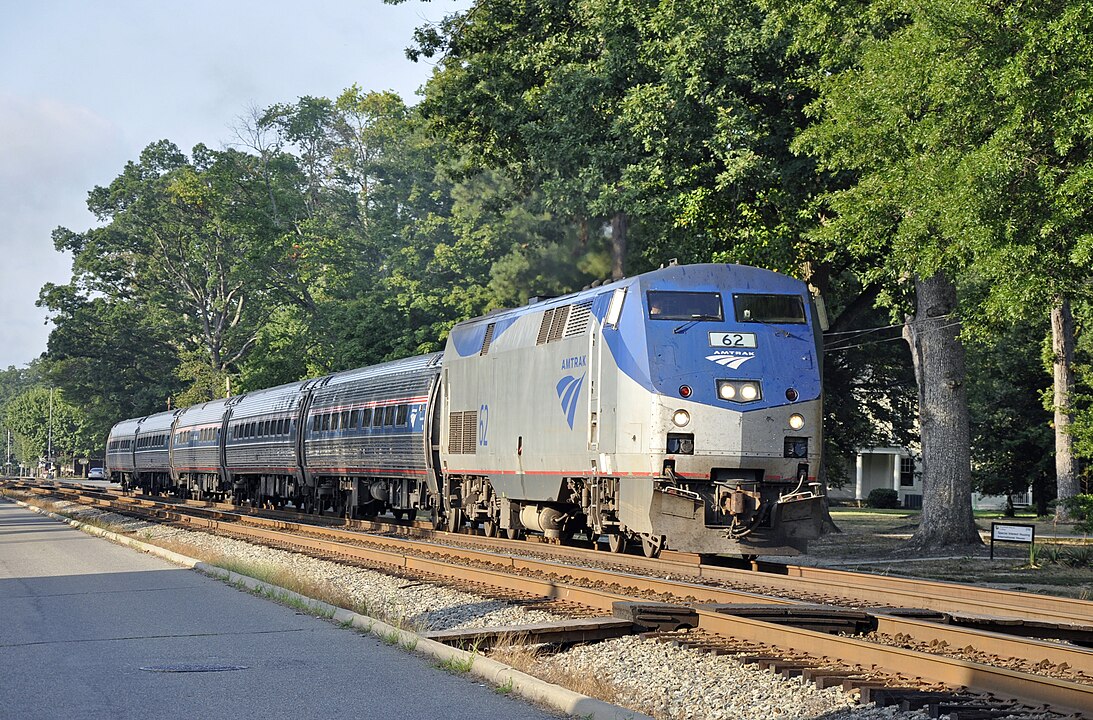
The 2010s branded Iceland as quick wild, then social feeds filled with the same overlooks, the same ropes, the same bus clusters. Even with fewer visitors, the story of crowding lingers. People trust the stories they have seen a hundred times. They drift to shoulder months or skip a year. Perception becomes weather that shapes choices. Until images rebalance toward space and calm, some travelers will keep their maps pointed to places that feel fresher and less staged.
Weather Risk And Short Shoulder Seasons
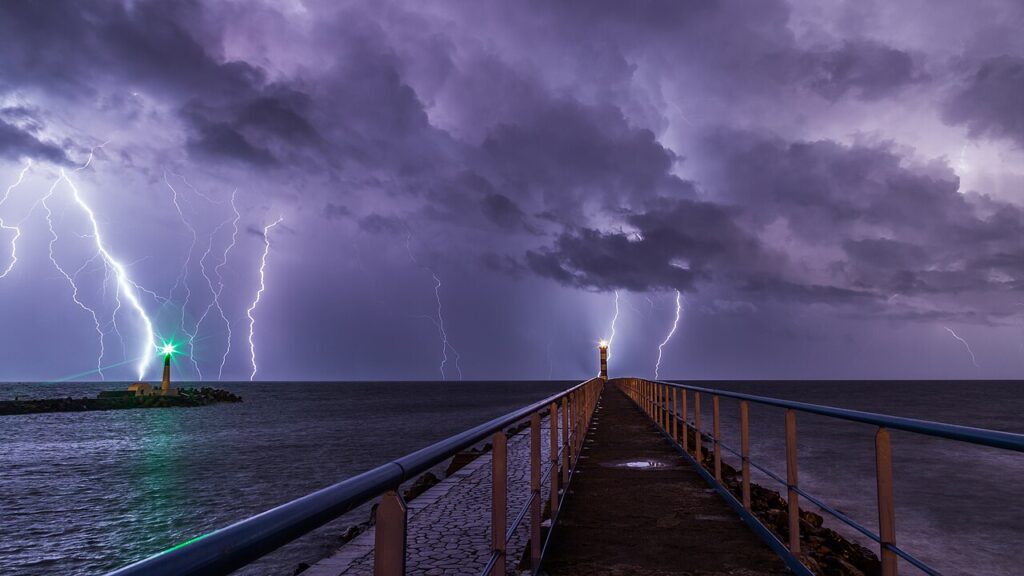
Storms, short daylight, and road closures demand a flexible plan and a bit of courage. In peak months the reward feels huge. Outside those windows, an extra day of wind can unravel tight budgets. Many travelers now favor trips where weather risk is lower and detours cost less. Iceland still works for those who pack well and leave room in the schedule. For the rest, the new math says wait a year, or pick a route where a missed day does not rewrite the bill.
New Arctic Curiosity And Fresh Routes
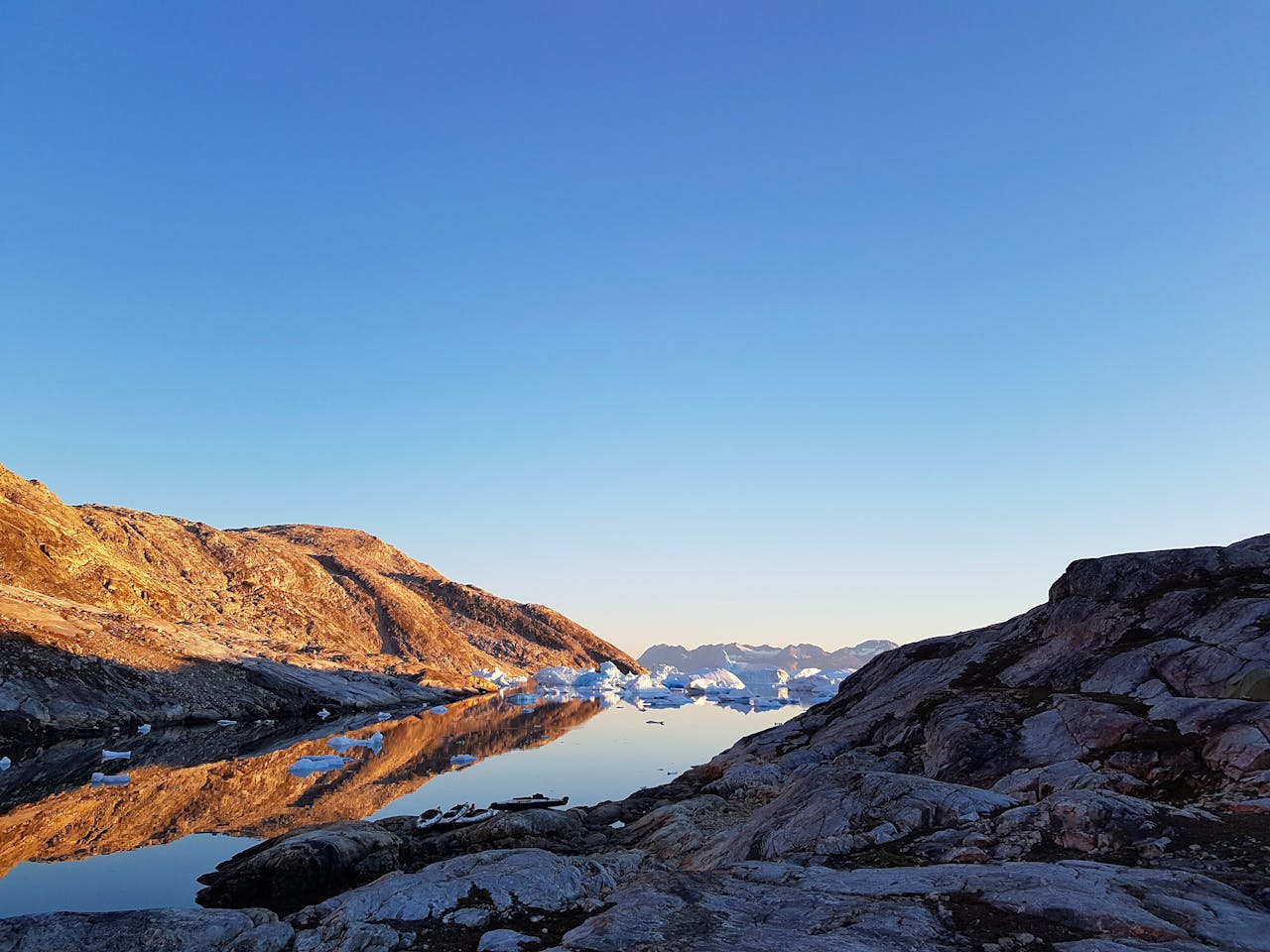
Neighboring high latitudes are finally in reach. A new nonstop from New York to Nuuk cut the flight time for some East Coast travelers compared with Reykjavik, and curiosity followed. Greenland looks untapped, which is the strongest draw in modern travel. When a route shortens and a map feels blank, a share of adventure budgets moves. Iceland remains the seasoned pro. A newcomer with quiet harbors and raw ice can borrow the spotlight for a season or two.
Border Tech And Added Friction

The new entry and exit system across much of Europe adds biometric checks at Schengen borders, and Iceland is in that group. Travelers may be asked to show enough funds, with thresholds set by each country. For most, it is a brief extra step, but small frictions add up alongside higher costs and fewer flights. Short trips rely on smooth movement. When a line slows or a rule adds homework, some people pick a different stamp, even if the change is minor.
Airline Signals From The U.S. Market
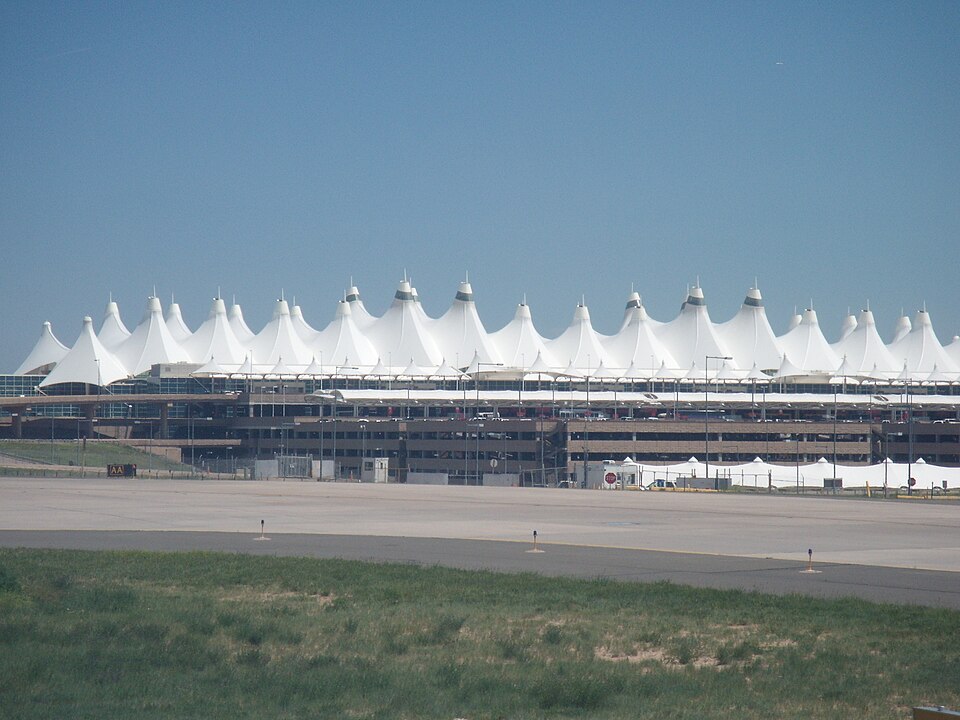
The national carrier’s chief executive flagged weaker advance bookings from the United States, a key winter source. That signal lands in the same week that capacity shrank and fares looked firm. When a core market hesitates, tour companies adjust inventory and pull back on risk. The brand remains strong and the routing clear, yet yield management tightens, and deals grow rare. Without steady demand from long haul buyers, the island loses the cushion that carried slow months.
A Strategic Pause With Long Game Plans

Some forecasts point to a rebound by 2026, with talk of a return to, or even beyond, the 2018 peak. In the meantime, leaders are using the lull to spread visitors more evenly, repair strain points, and build capacity that can handle peaks without fraying towns. A quiet season can be a gift if it buys smarter parking, better trail design, and broader storytelling beyond a handful of famous stops. The next wave will land softer if the groundwork holds.
